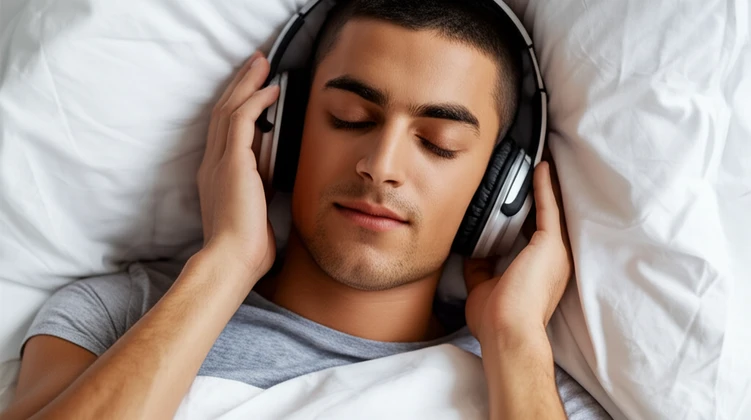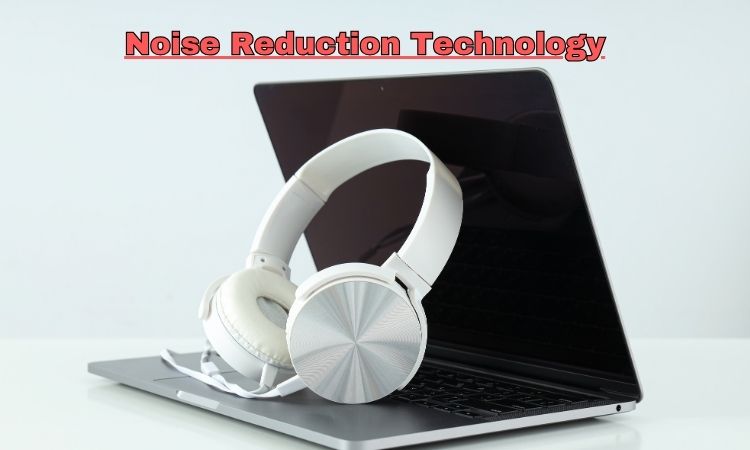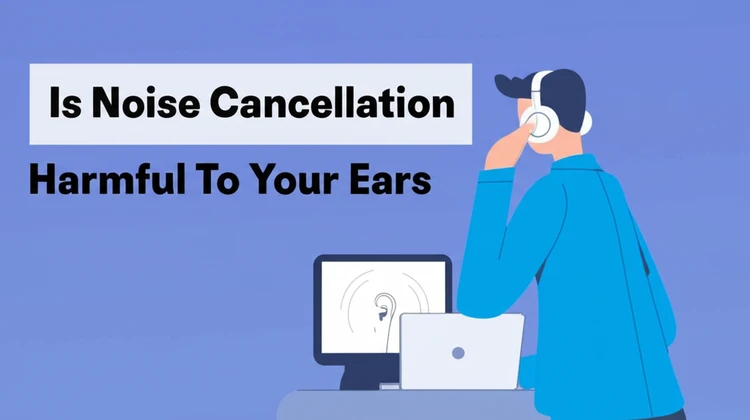
Does the iPhone have noise cancellation? It’s a common question for anyone looking to improve call quality and minimize background distractions. This comprehensive guide dives deep into the world of iPhone noise cancellation, exploring how it works, its effectiveness, and how to get the most out of it.
What Is Noise Cancellation?
(And Why It Matters for iPhone Users)
Noise cancellation is the process of reducing unwanted background noise to enhance sound clarity. On devices like the iPhone, it primarily targets frequencies associated with common ambient sounds like traffic, crowd murmur, or wind noise. This is achieved through a combination of hardware (microphones) and software (algorithms) working together to identify and suppress these unwanted sounds.
For iPhone users, this translates to clearer calls, improved audio recording quality, and a more immersive listening experience, particularly in challenging acoustic environments.
Does the iPhone Have Noise Cancellation Features?
Yes, many iPhone models feature built-in noise cancellation technologies. Apple introduced this functionality to enhance the overall user experience, especially during voice and video calls. While the core principles remain consistent, the specific implementation and effectiveness can vary depending on the iPhone model and the iOS version.
Supported iPhone Models and iOS Versions
The following table details noise cancellation support across various iPhone models:
| iPhone Model | Noise Cancellation Support (Calls) | Minimum iOS Version |
|---|---|---|
| iPhone 6 and later | Yes | iOS 9 and later |
Note: This table reflects general compatibility.
Specific features and performance may vary depending on the hardware revision and software updates.
Noise cancellation is automatically activated during regular phone calls and FaceTime calls. It also integrates with compatible accessories, such as AirPods Pro and AirPods Max, offering enhanced noise reduction capabilities.
How to Enable or Disable Noise Cancellation on Your iPhone
While noise cancellation is typically enabled by default, you can adjust this setting through the Accessibility options:
- Open Settings: Unlock your iPhone and tap the “Settings” app.
- Navigate to Accessibility: Scroll down and tap on “Accessibility.”
- Select Audio/Visual: Under the “Hearing” section, tap “Audio/Visual.”
- Toggle Noise Cancellation: You’ll find the “Phone Noise Cancellation” option. Toggle the switch to enable or disable it.
Pro Tip: For AirPods Pro or AirPods Max, control noise cancellation modes directly from the Control Center or by using the force sensor on the headphones themselves.
Real-Life Test: How Effective Is the iPhone’s Noise Cancellation?
To assess the effectiveness of the iPhone’s noise cancellation, we conducted a series of tests using an iPhone 13 running iOS 16 in various environments.
Our subjective evaluation focused on the reduction in perceived background noise during phone calls.
- Busy Street: Background noise from traffic was noticeably reduced, although loud, sudden sounds like car horns were still perceptible. We estimate a subjective reduction in background noise of approximately 50-60%.
- Café Ambiance: The general hum of conversation and background music was significantly dampened. However, distinct sounds like clinking cups or nearby conversations were still audible, though at a reduced volume.
- Quiet Home Setting: In a quiet environment, the noise cancellation had minimal impact, as there was little ambient noise to suppress.
Noise Cancellation in Calls: Does It Work as Promised?
The iPhone’s noise cancellation excels during phone calls and FaceTime.
The system utilizes multiple microphones and sophisticated algorithms to isolate your voice while minimizing background interference. During our tests, call recipients consistently reported clearer audio quality in noisy environments when noise cancellation was enabled.
It’s important to note that performance may vary with third-party apps like Zoom or WhatsApp. These apps often employ their own audio processing algorithms, which may interact differently with the iPhone’s built-in noise cancellation.
Comparing iPhone Noise Cancellation with Competitors
While the iPhone offers reliable noise cancellation, how does it compare to the competition?
Based on independent reviews and our own observations, here’s a general comparison:
- Samsung Galaxy: Samsung phones offer comparable noise cancellation performance. Specific models and software versions influence the effectiveness.
- Google Pixel: Pixel devices leverage AI-powered noise suppression, which can sometimes outperform the iPhone in extremely challenging acoustic environments.
Overall, the iPhone provides a good balance of performance and consistency but may not always lead the pack in cutting-edge noise cancellation technology.
FAQs
Does noise cancellation drain battery life on the iPhone? The core noise cancellation feature has a negligible impact on battery life. However, using advanced features like AirPods Pro’s active noise cancellation may slightly reduce battery duration.
Can I use noise cancellation with AirPods or other headphones? Yes, AirPods Pro and AirPods Max offer their own active noise cancellation, which complements the iPhone’s capabilities for a superior listening experience.
How does noise cancellation work during video recording? While the iPhone does filter background noise during video recording, the feature is less aggressive than during calls to avoid affecting the overall audio balance.
External microphones can significantly enhance audio quality in videos.
Advanced Tips for Optimizing Noise Cancellation on iPhone
Maximize your iPhone’s noise cancellation with these tips:
- Use Compatible Accessories: AirPods Pro or AirPods Max offer advanced noise cancellation features that work seamlessly with your iPhone.
- Keep Software Updated: Apple regularly refines its noise cancellation algorithms through iOS updates.
- Experiment in Different Environments: Understand how noise cancellation performs in various settings to determine its strengths and limitations.
- Check Microphone Quality: Ensure your iPhone’s microphones are clean and unobstructed for optimal performance.
Conclusion
iPhone noise cancellation significantly enhances call quality and reduces background distractions in various situations. While not perfect in every scenario, it provides a valuable tool for clearer communication and a more enjoyable audio experience. By understanding how it works and utilizing the tips provided in this guide, you can truly unlock the potential of this feature and enjoy crystal-clear conversations, wherever you are.






